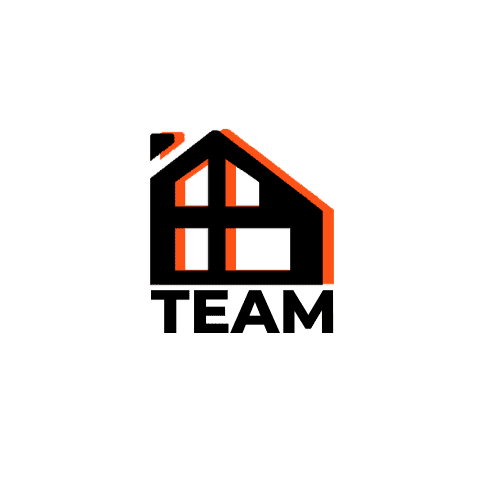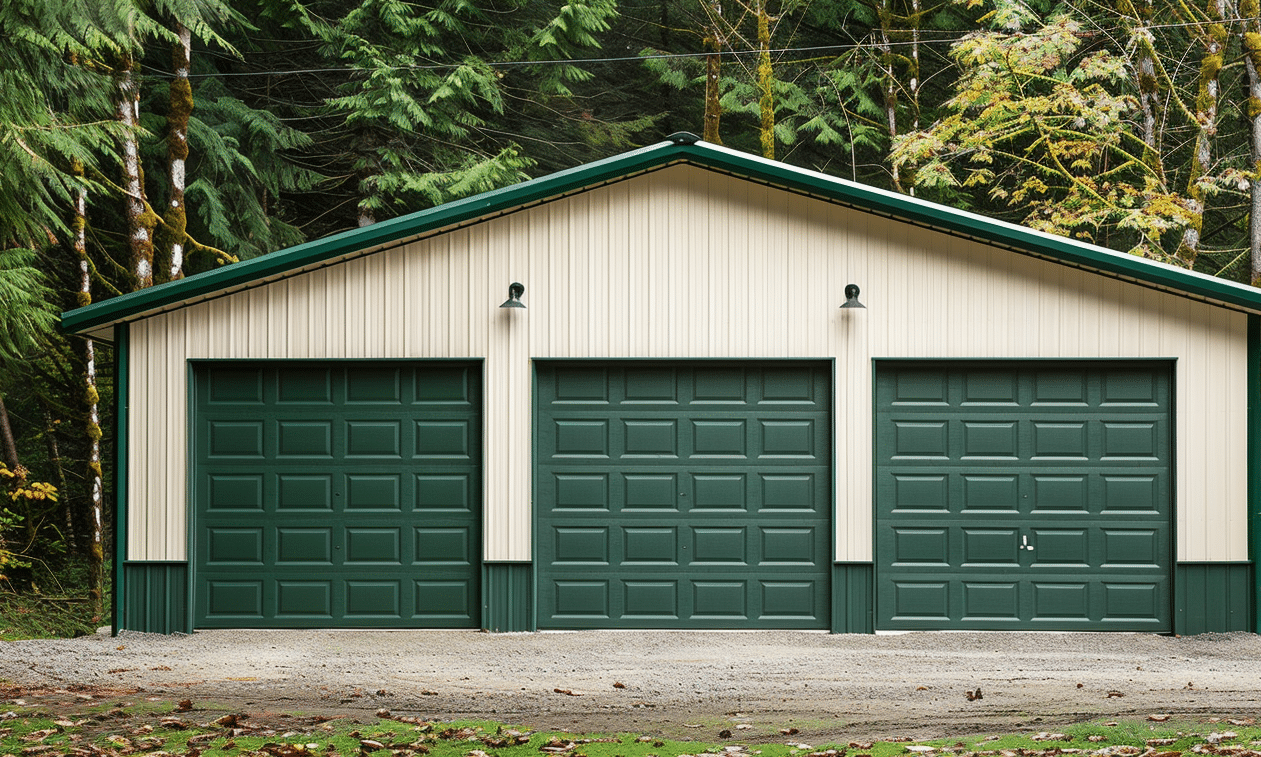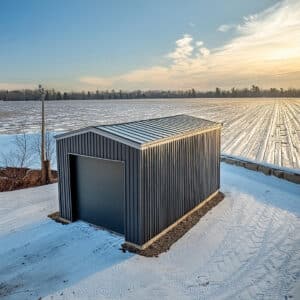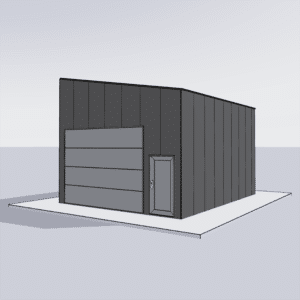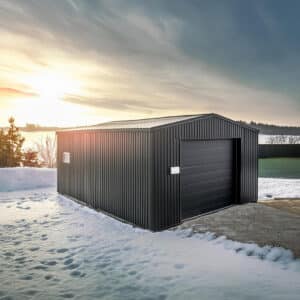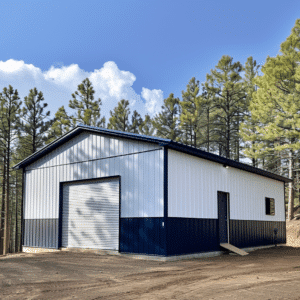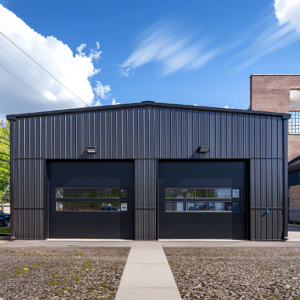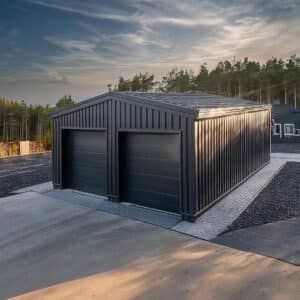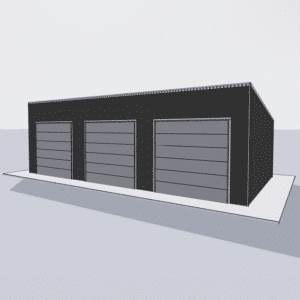When it comes to building a haven for your livestock, a well-planned shelter is akin to crafting a cozy, robust castle for your four-legged or winged subjects. The design of your livestock shelter pole barn plays a critical role in ensuring the comfort, health, and safety of the animals. In this article, we’ll dive into the essentials of pole barn design for livestock shelters, offering insights into creating a functional sanctuary that’s as inviting as it is sturdy.
The Importance of Thoughtful Livestock Shelter Design
Closing your eyes and envisioning a pole barn isn’t just about wooden beams and metal roofing; it’s about resilience against harsh weather, and ensuring optimal conditions for your flora and fauna. What makes a pole barn the ultimate choice when considering shelter for livestock? The answer lies in the flexibility and functionality it offers.
Pole barns give the word “versatile” a new meaning. Pole barns for agricultural use sufficiently serve multiple purposes from storage spaces to comfortable quarters for animals. They offer open spans and clear areas for easy cleaning and efficient air circulation, key to maintaining a healthy environment.
Location, Climate, and Construction Dynamics
When the blueprint fest comes to fruition, comprehending the climate conditions and the perfect location is crucial. Is your terrain often subject to torrential rain, snow, or sweltering heat? The answer to these musings will power your design decisions. Shelter orientation, insulation, and ventilation systems must be married to balance sustainability and temperature control.
An acute familiarity with your building’s geographic alcove not only boosts energy efficiency but also promotes animal welfare. Working hand in glove with local building resources and professionals from Your Building Team can guide the design process to fit region-specific considerations.
Design Elements to Consider
Being meticulous in design is synonymous with maximizing comfort for the livestock. Below are key components to ponder when mapping out your pole barn design.
1. Space Allocation
One size does not fit all. Tailor your space to accommodate the growth and movement of your herd. A housing environment that fosters freedom prevents stress and behavioral issues. Venturing into the realm of space has no limits, yet there are factors to contemplate:
* **Animal Type and Size**: Consider the types of livestock and their space requirements. Cows need significantly larger areas than sheep or poultry.
* **Separation for Health Purposes**: Providing segregation for animals based on age, health, and gender minimizes disease transmission.
* **Feeding and Watering Areas**: Implement designated zones for feeding and watering to ensure food does not become contaminated and animals do not crowd a single area.
2. Ventilation and Air Quality
Imagine living in a world where air is stale and suffocating. For livestock, good air quality can prevent the spread of contagious diseases. Efficient ventilation systems, strategically placed doors and windows, or even mechanized fans can cater to particular areas needing more airflow.
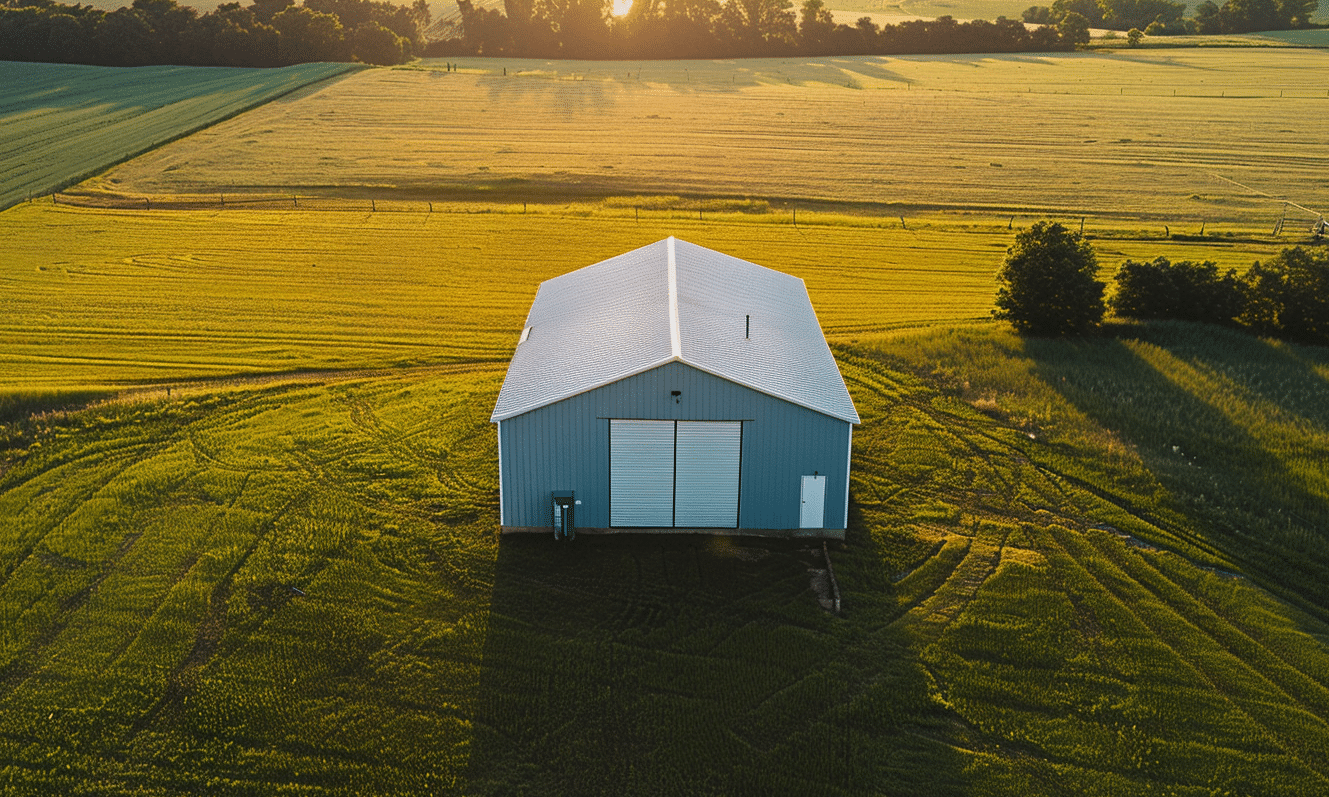
Natural lighting is another ally in providing a warmth that electrical lighting cannot mimic, enhancing the animals’ mood and contributing to their overall well-being.
3. Durable Materials and Insulation
Weather and time are relentless adversaries. Employing resilient and eco-friendly materials such as steel and treated timber enhances longevity and resistance against the elements. Steel Buildings for Agricultural Use provide durable, efficient solutions to safeguarding livestock.
Incorporate proper insulation depending on regional climate to maintain optimal temperatures year-round. Appropriate flanking and roof insulation keeps the temperature steady, safeguarding against extreme cold or scorching heat.
4. Flooring
As a soft throne keeps a monarch comfortable, a well-thought floor layout is vital for livestock. Concrete provides durability, while bedding materials like straw or wood shavings afford cushioning and warmth. Such ergonomic solutions can greatly minimize the risk of injury and hoof diseases.
Sustainable and Eco-Friendly Practices
Sustainable construction practices are burgeoning as a necessity rather than a trend. Installing solar panels for energy needs and rainwater recycling systems to aid in livestock water supply not only minimizes environmental footprints but also offers a throbbing beacon towards eco-conscious stewardship.
Integrating elements approved by entities like the Canada Green Building Council – Pole Barn Design for Livestock will not only serve as a blueprint for a greener tomorrow but also ensure the welfare of your livestock.
Conclusion
Tactfully designed livestock shelter pole barns lay the groundwork for agrarian prosperity, striking a harmonious balance between functionality and animal welfare. Just like clockwork, the parts working together create not just a shelter but a haven. When considering your options, collaborate with professionals to tailor a design that’s as secure and effective as your needs dictate. Remember, the welfare of your livestock lies in the castles you create. With meticulous planning, you can build a great sanctuary that marries efficiency with comfort—a shelter that truly feels like home.
